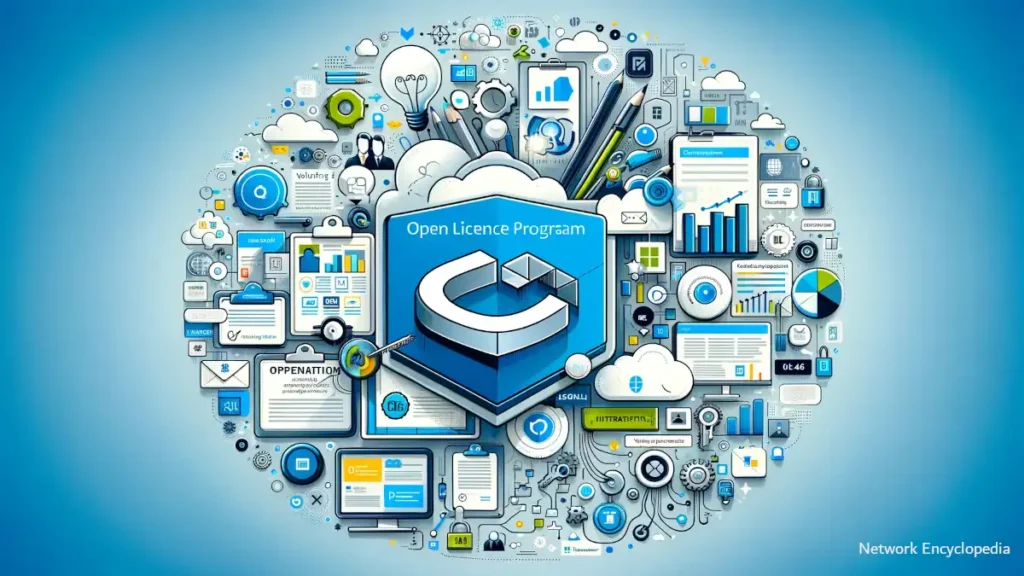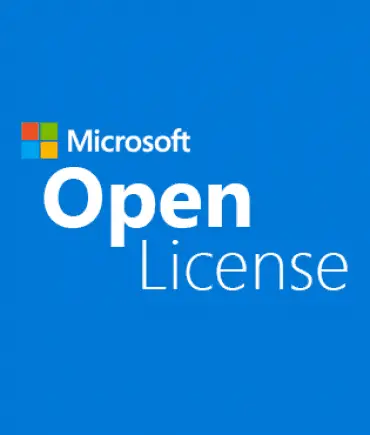The Microsoft Open License Program (MOLP) was a strategic licensing initiative designed by Microsoft to cater to the needs of small to mid-sized businesses, streamlining the process of acquiring, upgrading, and managing Microsoft software licenses. Aimed at organizations with 5 to 1000 PCs, MOLP offered a flexible, cost-effective approach to volume licensing. Although this program is no longer active, having been phased out in favor of more contemporary solutions, its legacy offers insight into the evolution of software licensing strategies at Microsoft. In this article, we’ll explore the intricacies of what MOLP was and the modern alternatives Microsoft has introduced to replace it.
In this article:

1. What was the Microsoft Open License Program?
The Microsoft Open License Program (MOLP) stood as a pivotal licensing framework for small to mid-sized businesses, simplifying the acquisition and management of Microsoft software licenses. This two-year agreement was designed to ensure compliance, ease license tracking, and manage licenses effectively.
License Pools and Management
MOLP was characterized by its division into three main license pools based on product areas:
- Applications: This pool included essential productivity software such as Microsoft Office, Microsoft FrontPage, and Microsoft Visual Basic.
- Systems: Catered to operating systems, including Microsoft Windows 95, Windows 98, and Windows NT Workstation.
- Servers: Focused on server software like Windows NT Server, Microsoft BackOffice Server, Microsoft Exchange, and Microsoft SQL Server.
Each deployment of a product within these pools was assigned points, which accumulated to determine the discounts received on licenses within that pool over the program’s duration. The more points accumulated, the greater the discounts offered, incentivizing larger initial licensing purchases.

License Types
MOLP offered various license types to accommodate different upgrade and acquisition scenarios:
- Standard: For new installations without a previous software version.
- Version Upgrade (VUP): For upgrading existing software to a newer version.
- Competitive Upgrade (CUP): For transitioning from a competitor’s software to Microsoft’s version.
- Product Upgrade (PUP): For upgrading within product lines, such as from Office 97 Standard to Office 97 Professional.
Additionally, MOLP facilitated the delivery of Client Access Licenses (CALs) through a secure website, which also maintained a comprehensive database of the client’s licensing information, enhancing transparency and ease of management.
2. Alternative Licensing Options
The MOLP program officially ended on December 31, 2021. Microsoft transitioned its customers to alternative licensing options that better suit modern business needs and cloud-based environments.
For organizations looking for similar licensing solutions, Microsoft recommends exploring the following programs:
- Microsoft Customer Agreement (MCA): This is a simplified purchase agreement that provides flexible purchasing options for cloud services and software licenses under one agreement. The MCA is suitable for businesses of all sizes and offers a more streamlined approach to purchasing and managing Microsoft products and services.
- Cloud Solution Provider (CSP) program: The CSP program allows businesses to purchase Microsoft cloud services, such as Microsoft 365, Azure, and Dynamics 365, through a network of Microsoft partners. This program provides the flexibility to scale services up or down based on business needs, and customers benefit from the added value of partner services, including billing, support, and solution integration.
For those specifically interested in volume licensing for software not necessarily cloud-based, Microsoft still offers other volume licensing programs such as the Enterprise Agreement (EA) for larger organizations and the Microsoft Products and Services Agreement (MPSA) for a wide range of products and services with flexible purchasing options.
Organizations should evaluate their needs and consult with a Microsoft representative or partner to determine the best licensing program for their situation.
3. References
Books
- “Microsoft Licensing Concepts and Strategies“ by Louise Ulrick and Edith Sagul – Provides an in-depth look at Microsoft’s licensing programs, including historical perspectives and strategic insights.
- “Guide to Microsoft Volume Licensing“ by Samir Hammoudi – Offers a comprehensive overview of volume licensing principles, with a focus on strategies for small to mid-sized businesses.
Microsoft Official Pages
- Microsoft Volume Licensing – Volume Licensing Service Center
- A primary resource for managing Microsoft licenses, providing access to licensing agreements, downloading software, and accessing license keys.
- Microsoft Customer Agreement (MCA) – Microsoft Customer Agreements
- Detailed information on the Microsoft Customer Agreement, outlining the terms and how it simplifies purchasing and managing Microsoft products and services.
- Cloud Solution Provider (CSP) program – Cloud Solution Provider program
- An overview of the CSP program, explaining how it enables organizations to work with Microsoft partners to find the best cloud solutions for their needs.